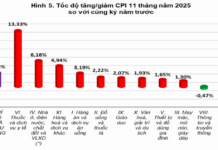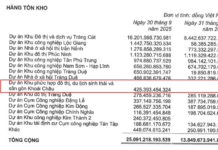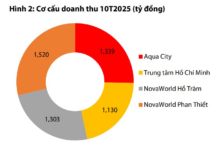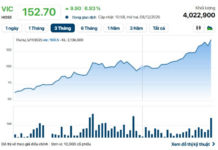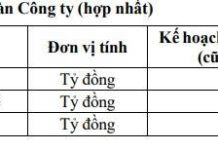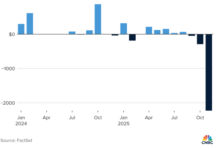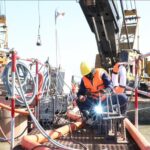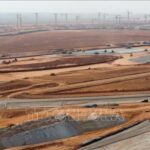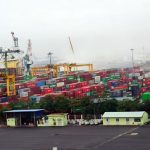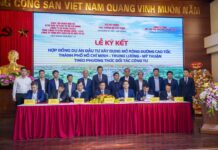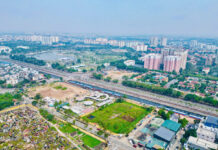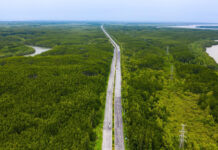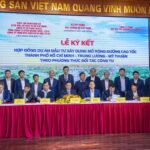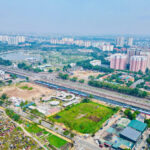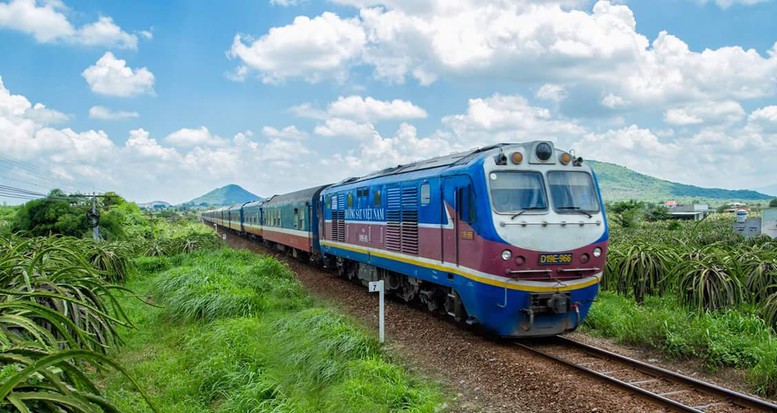
Vietnam’s transportation infrastructure has seen significant developments, including an extensive network of roads, highways, inland waterways, and more. However, there is a need to address the imbalance in infrastructure development, with a focus on improving the country’s rail system and reducing congestion in urban areas.
According to a report by the Ministry of Transport, Vietnam’s transportation infrastructure has witnessed notable progress. The country now boasts over 24,300 kilometers of national highways, 2,000 kilometers of expressways, 6,800 kilometers of inland waterways, and an extensive network of railways, ports, and airports.
Infrastructure Imbalance
Despite these achievements, Luu Quang Thin, Deputy Director of the Ministry of Transport’s Investment Planning Department, points out an imbalance in infrastructure development. Most projects have focused on road transportation, followed by maritime, aviation, and inland waterways.
While the rail system offers numerous advantages, it has not received sufficient investment and remains outdated. The development of urban rail systems has lagged, failing to alleviate congestion and environmental issues in major cities. Additionally, the potential of inland waterways in advantageous regions has not been fully realized.
These challenges stem from Vietnam’s economic starting point and the limited capital available for infrastructure development.
To address these issues, the Investment Planning Department proposes a more balanced approach to transportation infrastructure development, aiming for a more rational, harmonious, and efficient system by 2030 and beyond.
Prioritizing Rail Development
Given the advantages of rail transportation in terms of capacity, speed, safety, convenience, and environmental sustainability, the Ministry of Transport is prioritizing investments in this sector.
The plan includes constructing a high-speed rail line between Hanoi and Ho Chi Minh City, accelerating the development of urban rail systems in Hanoi and Ho Chi Minh City to reduce traffic congestion, and connecting them to the high-speed rail network. Additionally, new rail lines will be built, and existing ones will be electrified to link important seaports and airports.
The estimated investment for the rail sector is approximately $151.2 billion by 2030 and $312 billion by 2050.
Improving Inland Waterways and Other Modes of Transportation
For inland waterways, the focus will be on upgrading and modernizing main routes with high traffic volumes. The ministry also plans to develop coastal shipping routes in central Vietnam and the Mekong Delta. Investments in ports and waterways are estimated at $10.8 billion by 2030 and $4.48 billion by 2050.
In the maritime sector, the ministry will improve key shipping channels and develop international gateway ports at Lach Huyen and Ba Ria-Vung Tau. Investments will also be made in Can Gio, Van Phong, and Tran De ports to serve the Mekong Delta region. The estimated investment for the maritime sector is $4.16 billion by 2030 and $6.65 billion by 2050.
Regarding aviation, the ministry will prioritize investments in major airports in Hanoi and Ho Chi Minh City, upgrade existing airports, and attract investments for new airports. The estimated investment for the aviation sector is $17.1 billion by 2030 and $21.06 billion by 2050.
Attracting Investment for Infrastructure Development
To implement these ambitious infrastructure projects, the Investment Planning Department proposes a range of solutions to attract investment, including policy reforms, public-private partnerships (PPP), and foreign investment.
The Ministry of Transport will continue to review and improve legal documents, streamline administrative procedures, and develop mechanisms to empower local governments in investment decisions. It will also prioritize allocating state budget funds for projects with low or no potential for capital recovery.
Additionally, the ministry will offer investment incentives to attract private sector participation, effectively utilize ODA and preferential loans, and explore ways to maximize the potential of infrastructure assets. A list of infrastructure projects open to PPP and foreign investment until 2030 and beyond will be published.
Urgent Momentum on the Construction Site of the Hau River Bridge
In the scorching heat and gusty wind of the southwestern region in the days leading up to the 2024 Lunar New Year, there is a bustling construction site not far from the beach. Over 300 dedicated workers and staff are diligently working on the construction of the Dai Ngai Bridge, which will soon connect the two banks of the Hau River.
Undefined Project Capital for Long Thanh Airport Drainage
On February 4th, the Department of Agriculture and Rural Development of Dong Nai province announced that the funding source for the Long Thanh Airport drainage project has not yet been determined. As a result, the relevant authorities have not approved the investment proposal for the project.








